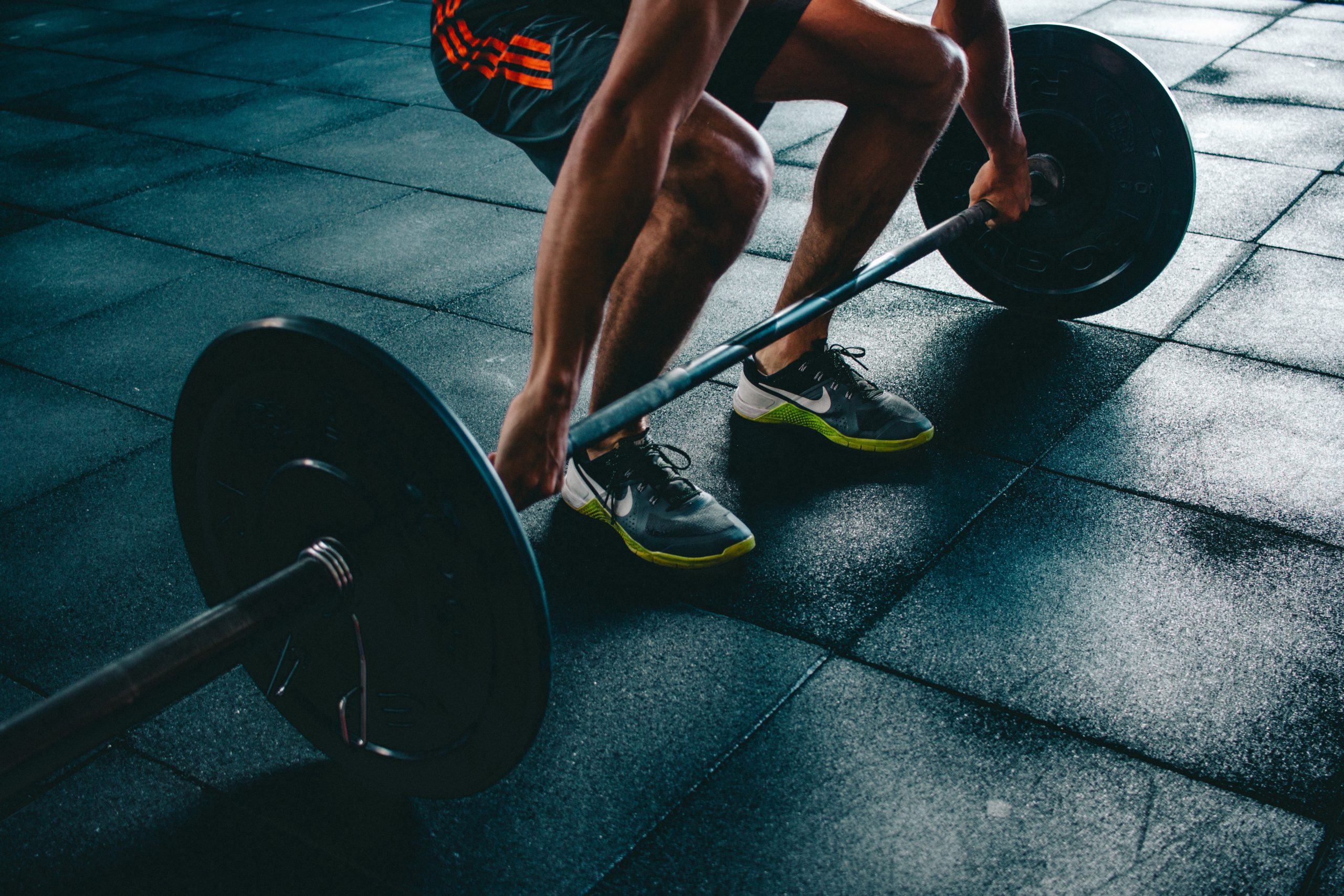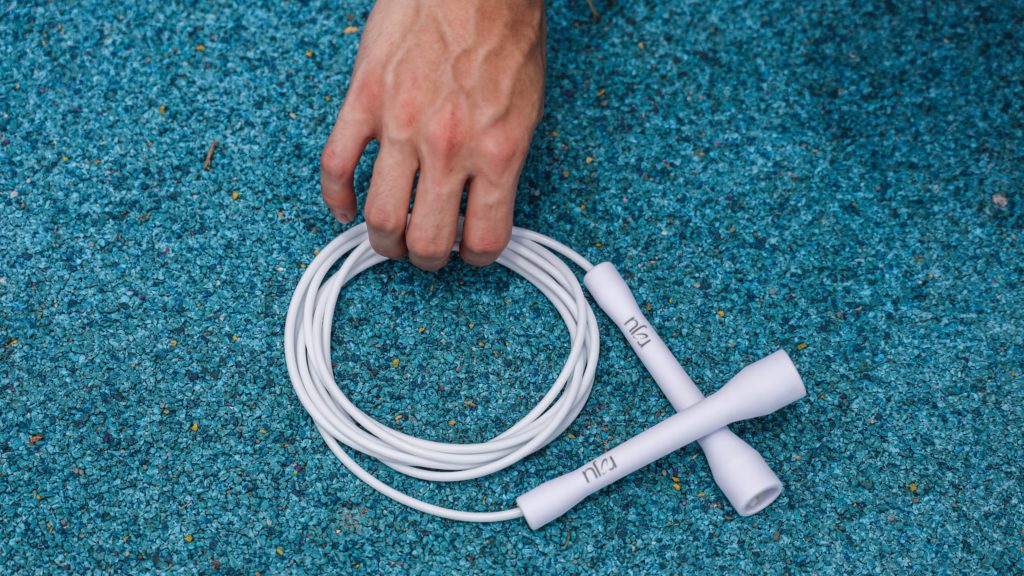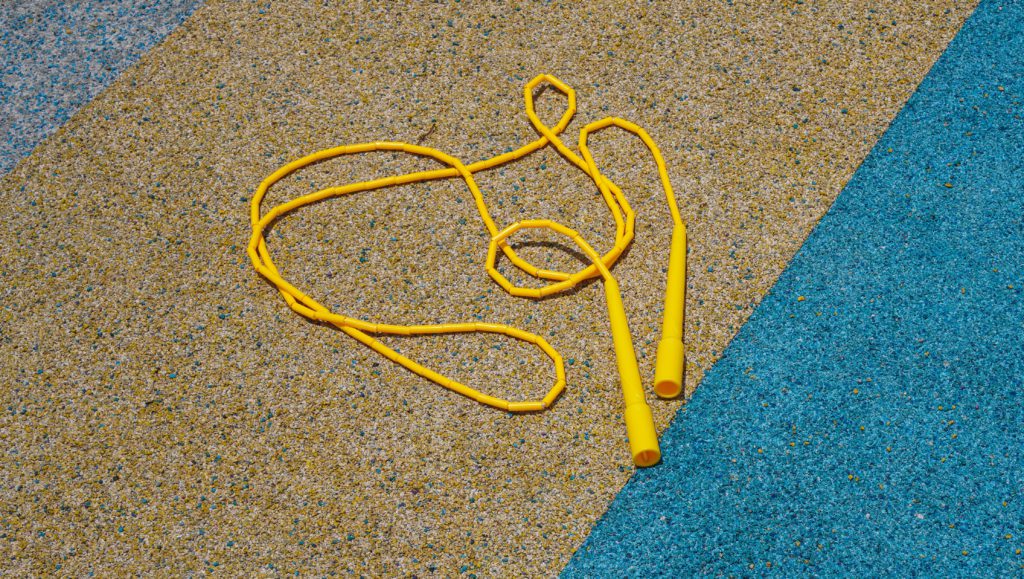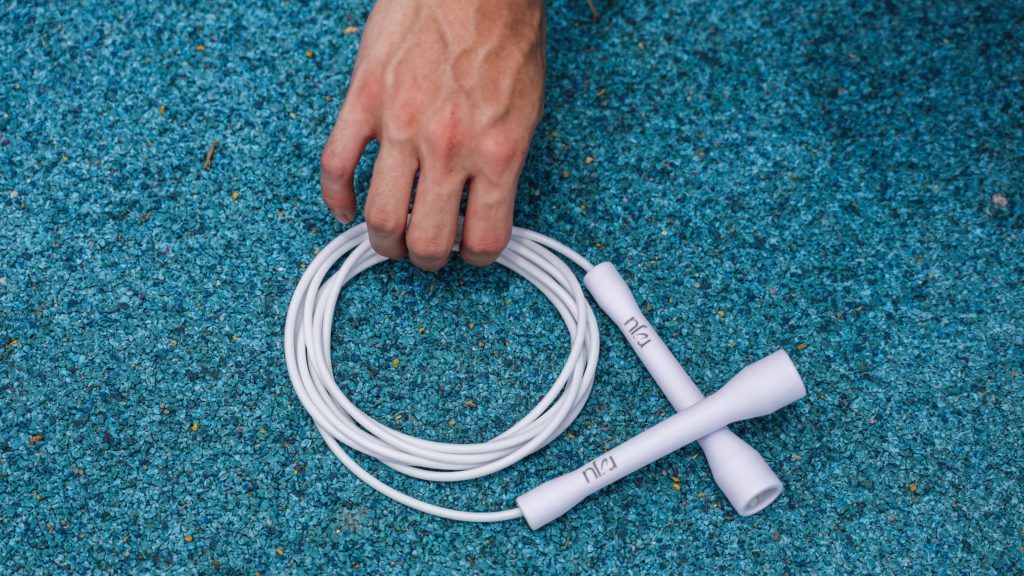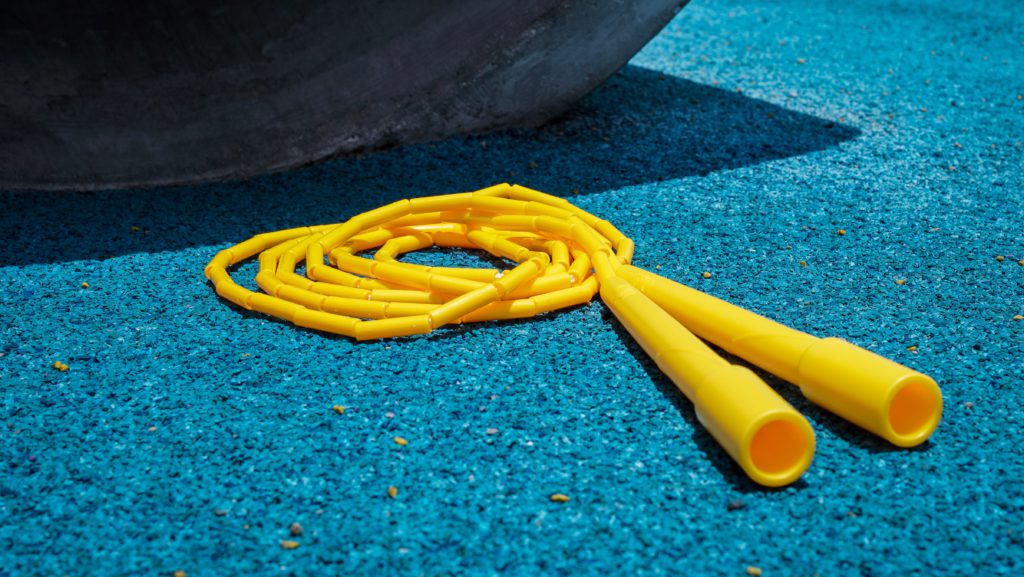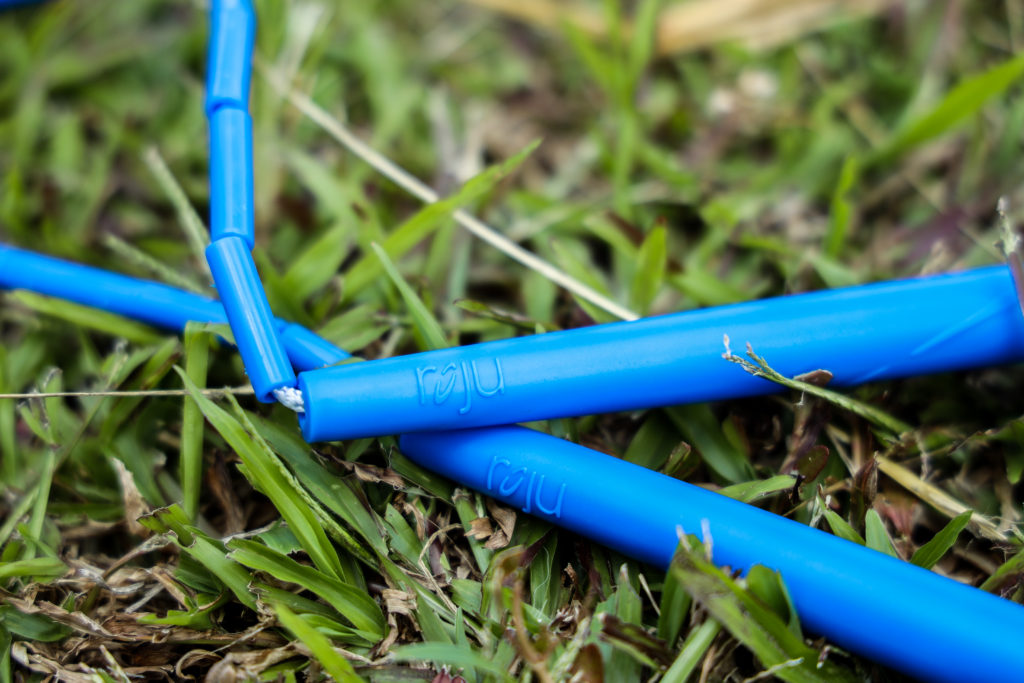Have you ever been on a diet and successfully lost weight? But what happened afterwards, you gained it all back right? Why is that? You are not alone, this probably happened to everyone at least once in their lifetime. To understand this, we first need to understand the science behind how our body keeps weight.
To lose weight, you have to keep 2 words in mind: GRADUAL and CONSISTENT!
Basics about energy
Typically, an individual will gain weight when their energy output is less than their energy intake.
Energy intake includes what we eat: the amount of carbs, fats and proteins.
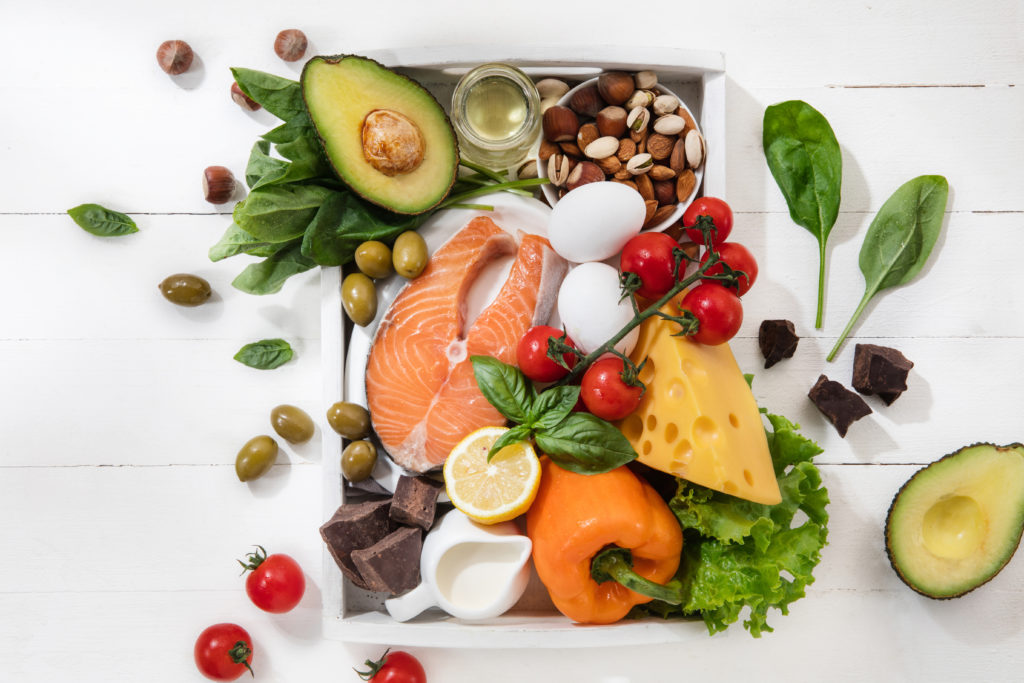
Energy output includes
- resting metabolism
- thermic effect of food
- physical activity
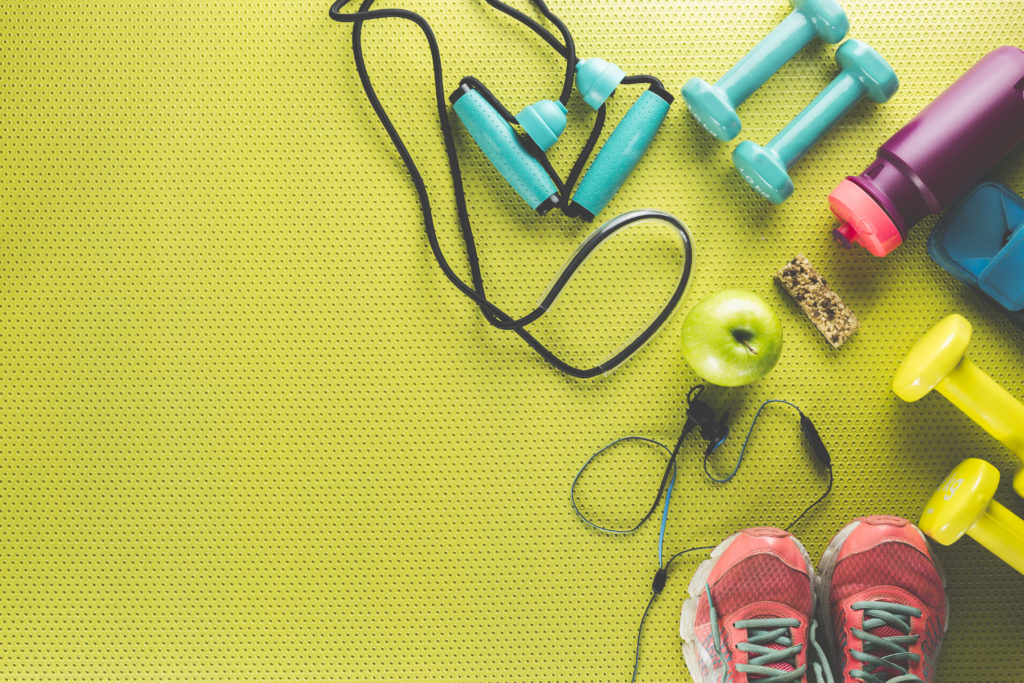
Out of these 4 factors, only 2 can be changed which are diet and physical activity.
Diet for weight loss?
What is the correct calorie deficit?
To lose weight, we need to have a calorie deficit. Everyone knows that. But the important question is how much of a calorie deficit do we need to have? There are so many different diets popping up each day, and many recommend you to eat way less than normal. If you manage to stick to the diet, you will see results. However, you will gain back all that you lost immediately once you stop sticking to the diet. On a much more serious note, a large deficit is not good for the body. It will slow down your metabolism and also make you feel exhausted. To lose weight sustainably, we need to gradually let our body adapt. That is why we need to start with a small calorie deficit. Typically, it is normal to start by eating 200 calories less than your usual.
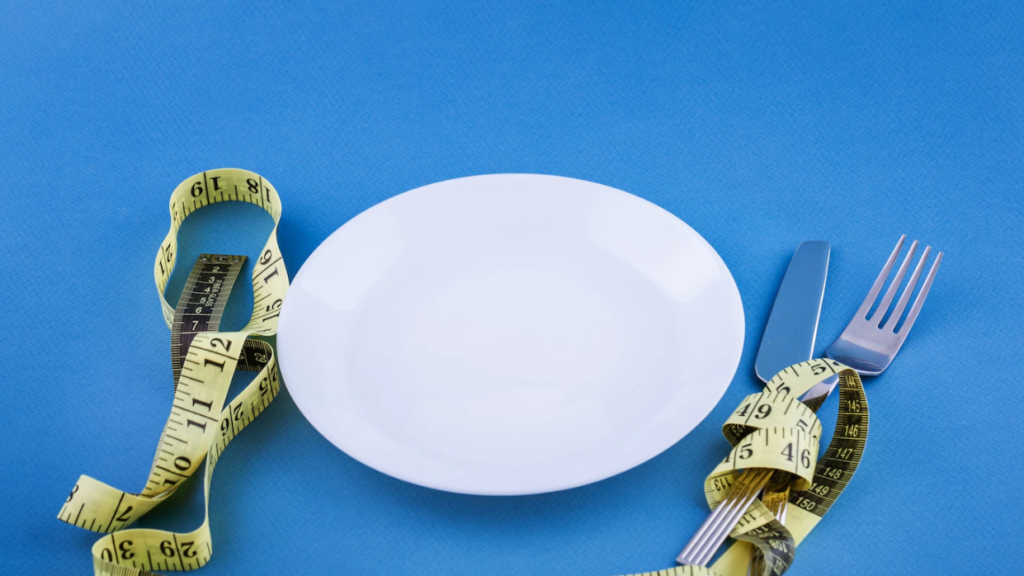
Can I skip meals?
Skipping meals is also not recommended, since the calorie deficit will be too large. Our body needs all 3 meals, breakfast, lunch and dinner, to feel satiated and have enough energy to go about the rest of the day. It is also important to not completely eliminate a major food group. There are many fad diets out there that will ask you to stop eating certain food groups, but those groups have their own functions. Taking one away will lead to imbalance in our body, and may even cause certain nutrient deficiencies. Dieting has a bad rep, but it doesn’t always have to be so strict. You can even start by adopting healthy eating habits. We are constantly surrounded by calorie-dense foods that hold zero-to-no nutritional values. Some examples include chips, cookies, and candies. Replacing your usual snacks with healthier alternatives like nuts and yoghurt will equip your body with additional nutrients. Taking the initiative to start making these small changes can indirectly cut down your daily calorie intake.

Adding in Physical activity
It is important to move about and exercise. This is the only way to increase your energy output. There are mainly 2 types of exercises, aerobic and strength training. Aerobic exercises include cardio, like running and jump rope. Strength training on the other hand includes lifting weights and targeting specific muscles. According to the WHO, adults should spend at least 150 minutes doing aerobic exercises and at least 2 days doing strength training.

Start Jump Rope
This shows the importance of physical activity, especially aerobic exercise, to keep us healthy. For aerobic exercise, we recommend jump rope.
Here some reason why jump rope is the best:
- It is a whole body workout. It requires the coordination of many different body muscles, including those found in the legs, torso and arms. Activation of these muscles are the key to looking leaner.
- It is very efficient when compared to running. 10 minutes of jump rope is equivalent to 30 minutes of running. Jump rope is also less intense on the knees than running.
- Jumping rope is also an excellent way to improve your cardiorespiratory fitness. Jumping continuously for a period of time requires more blood and oxygen to be pumped to working muscles. To accommodate for the increased demand, your heart will pump faster and your respiratory rate will also increase.
- A rope is very portable. The portability of jump ropes make them an excellent option for outdoor workouts at your favourite park or exercise course. No more worries about buying a gym membership.
To know about more jump rope benefits. click here!
For exercise, consistency is key. You will not see immediate results and will even have muscle soreness the first few days. Powering through those tough times, the results will show by itself.

To sum up, losing weight and not gaining it back can be hard. The key is to be consistent with your exercise routine and gradually decrease your calorie intake to allow your body to get used to the new change. Results will not be seen right away, remember to be patient and your effort will soon start to show.
Learn more about the basics of both rope jumping and get a diet guide from our new book series “ROJU Jump Rope 3000”. Click here to find out more.

